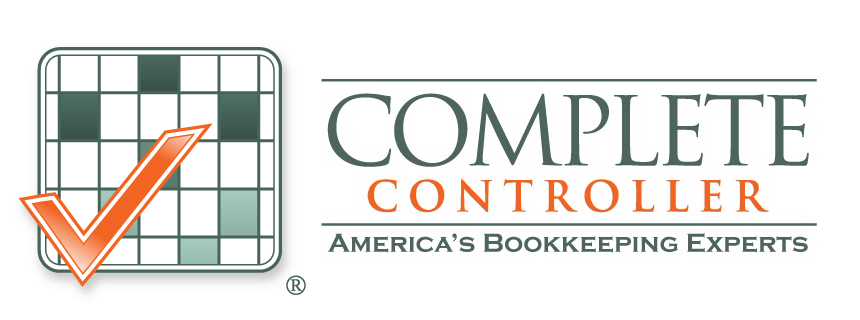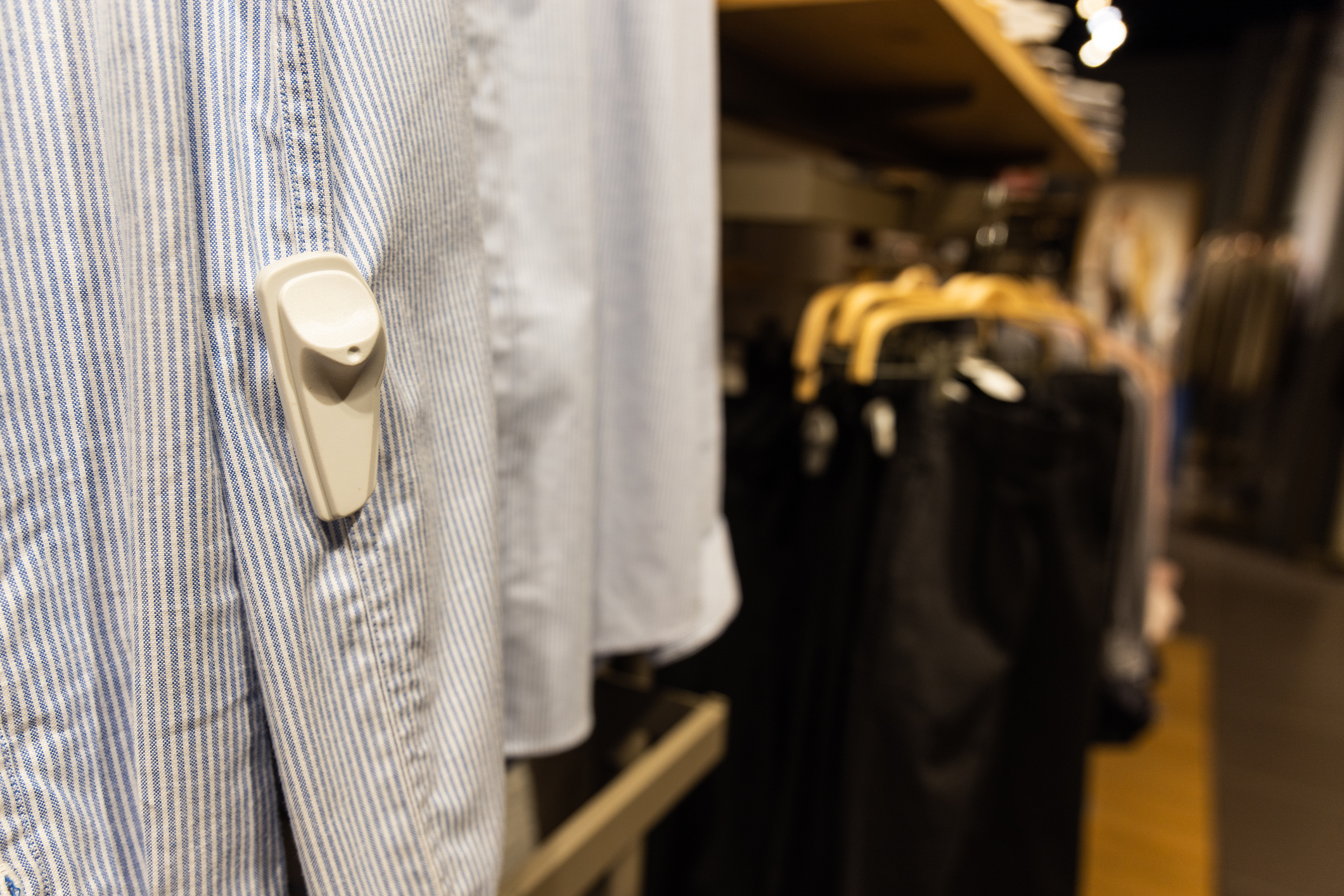Effective Shoplifting Prevention Tips for Retail Success
Shoplifting prevention tips are practical strategies that protect merchandise, reduce financial losses, and create secure retail environments through employee training, strategic store design, advanced technology, and proactive policies that deter theft before it happens. These measures have become critical for retailers facing a staggering 93% surge in shoplifting incidents since 2019, with stores now experiencing an average of 177 theft attempts daily—a crisis that erodes profits and destabilizes operations across all retail sectors.
I’ve spent over two decades as CEO of Complete Controller working alongside retailers of every size, and I’ve witnessed firsthand how shoplifting can devastate even the most promising businesses. The good news? Smart prevention strategies can transform your vulnerability into strength. Recently, one of our retail clients implemented the comprehensive approach I’ll share here and slashed their theft losses by 40% within six months. This article breaks down battle-tested tactics that protect your inventory, boost your bottom line, and create an environment where honest customers feel safe and thieves think twice.

What are effective shoplifting prevention tips for retail success?
- Shoplifting prevention tips encompass physical deterrents, technological solutions, employee training protocols, and strategic store layouts designed to minimize theft opportunities
- Physical deterrents include strategic product placement, clear sightlines, mirrors, and visible security measures that create natural surveillance
- Technological solutions range from Electronic Article Surveillance (EAS) systems to AI-powered cameras that detect suspicious behavior patterns in real-time
- Employee training transforms staff into your first line of defense through customer engagement techniques and suspicious behavior recognition
- Strategic implementation of these combined measures typically reduces retail theft losses by 35-75%, directly improving profitability and operational efficiency
Understanding Modern Shoplifting Techniques
Today’s shoplifters have evolved far beyond simple concealment tactics. Professional thieves use sophisticated methods including booster bags lined with aluminum foil to defeat security sensors, coordinated group distractions, and even technology-aided schemes. Understanding these techniques gives retailers the upper hand in prevention.
The most common concealment methods remain surprisingly basic yet effective. Thieves hide merchandise in personal bags, underneath clothing, or inside baby strollers where security personnel hesitate to search. Supermarkets face particular challenges with small, high-value items like cosmetics and batteries that slip easily into pockets. One UK music store discovered through crime analysis that juvenile shoplifters consistently targeted portable CDs by sliding them into school bags during busy afternoon hours.
High-tech shoplifting methods
Modern criminals employ electronic devices to remove security tags, use fake barcodes to ring up expensive items at lower prices, and coordinate theft rings through encrypted messaging apps. Some groups specialize in return fraud, stealing items from one location and returning them to another for cash refunds. These organized retail crime rings cost businesses billions annually.
Behavioral red flags
Watch for customers who avoid eye contact, repeatedly handle items without purchasing, or display nervous behaviors like excessive sweating. Groups that split up upon entering, individuals carrying empty bags or wearing oversized clothing in warm weather, and people who loiter near high-value displays often signal potential theft attempts.
Optimizing Store Design and Layout for Theft Prevention
Strategic store design creates natural barriers to theft while maintaining a welcoming shopping environment. The key lies in maximizing visibility throughout your retail space without making customers feel like they’re under surveillance.
Position your checkout counters near the main exit to create a psychological barrier. This placement forces potential thieves to pass employees while leaving, dramatically reducing grab-and-run incidents. Keep shelving units below four feet in height to maintain clear sightlines across the sales floor. Install convex mirrors in corners and blind spots to eliminate hiding places where thieves feel comfortable concealing merchandise.
Strategic placement of high-risk items
Place frequently stolen merchandise—electronics, designer accessories, health and beauty products—in locked displays or behind counters requiring staff assistance. Create dedicated zones for these items near employee workstations where natural supervision occurs. For products that must remain accessible, use security tags and position them in high-traffic areas with maximum visibility.
Lighting and ambiance
Bright, consistent lighting eliminates shadows where theft activities thrive. Focus additional illumination on high-risk areas including fitting rooms, corners, and alcoves. The psychological impact of proper lighting extends beyond visibility—well-lit stores signal active management and deter criminal behavior.
The Critical Role of Employee Training and Engagement
Your staff represents the most powerful theft deterrent when properly trained and motivated. Employees who understand loss prevention become proactive partners in protecting inventory rather than passive observers.
Comprehensive training programs teach recognition of suspicious behaviors without creating confrontational situations. Role-playing exercises help staff practice approaching potential shoplifters with customer service rather than accusations. The simple phrase “Can I help you find anything?” often deters theft attempts by signaling attentive staff presence.
Building a culture of vigilance
Create accountability through clear loss prevention responsibilities for each team member. Rotate staff positions to prevent predictable coverage gaps. Implement communication systems allowing discrete alerts between employees when suspicious activity occurs. Regular team meetings reviewing theft incidents and prevention successes reinforce the importance of vigilance.
Customer service as prevention
Exceptional customer service doubles as theft prevention. Greeting every customer within 30 seconds of entry, maintaining regular floor presence, and offering assistance throughout the shopping experience makes thieves uncomfortable. Train staff to pay special attention to customers in high-risk areas while maintaining professional, non-accusatory demeanor.

Leveraging Technology: From EAS to AI Surveillance
Modern technology transforms loss prevention from reactive to proactive. Electronic Article Surveillance (EAS) systems using RFID tags and sensor gates reduce shoplifting by 35-75% according to security industry studies. These systems pay for themselves quickly—one retailer reduced inventory shortage from 5% to 2.5% annually using EAS, saving $25,000 per million dollars in sales.
Beyond basic tagging, EAS systems provide unexpected benefits. Tagged merchandise reduces return fraud by $10.30 per $100 in returned items, as thieves avoid stealing tagged products they cannot easily return for cash. The visible presence of security tags creates psychological deterrence even when not activated.
AI-powered video analytics
Artificial intelligence revolutionizes video surveillance by identifying suspicious behaviors in real-time. AI systems detect concealment motions, track individuals across multiple cameras, and alert staff to developing theft situations. Facial recognition technology (where legally permitted) identifies known shoplifters upon entry, allowing proactive intervention.
Integration and analytics
Combine multiple technologies into comprehensive loss prevention ecosystems. Point-of-sale systems integrated with video surveillance link transaction data to visual records. Analytics software identifies patterns like repeated returns without receipts or suspicious discount usage. This data-driven approach helps retailers stay ahead of evolving theft tactics.
Shrink happens fast. Control stops it faster. See how Complete Controller helps retailers protect profits.
Building Bridges: Retail and Law Enforcement Partnerships
Collaboration between retailers and law enforcement multiplies prevention effectiveness. The Retail Industry Leaders Association and International Association of Chiefs of Police partnership demonstrates how coordinated efforts combat organized retail crime more effectively than isolated attempts.
Establish relationships with local police before incidents occur. Share information about theft patterns, known offenders, and suspicious activities through formal reporting channels. Many jurisdictions offer retail crime task forces where businesses share intelligence and coordinate responses to serial offenders.
Reporting and information sharing
Standardize incident reporting procedures to build prosecutable cases. Document every theft attempt with detailed descriptions, preserve video evidence, and maintain chains of custody for recovered merchandise. Consistent reporting increases prosecution rates and deters repeat offenses.
Joint training and operations
Participate in law enforcement training programs teaching proper detention procedures and evidence preservation. Some departments conduct joint operations targeting known theft rings. These partnerships reduced organized retail crime incidents by 57% in participating markets during 2023.
Securing the Inside: Proactive Policies to Deter Employee Theft
Internal theft accounts for 34% of retail losses, requiring specific prevention strategies. Clear policies communicated during onboarding set expectations while creating accountability systems that protect honest employees from suspicion.
Implement transparent bag check policies applying equally to all staff levels. Require clear bags or provide lockers for personal items. Restrict back door access to authorized personnel using electronic locks that log entry. These visible measures remind staff that theft prevention applies internally while respecting employee dignity.
Creating accountability and transparency
Conduct regular inventory audits with rotating staff participation. Require manager approval for employee purchases and maintain transaction records. Install cameras in stockrooms and break areas (following legal requirements) to eliminate theft opportunities. Anonymous tip lines allow honest employees to report suspicious coworker behavior without fear of retaliation.
How to Justify Loss Prevention Investments: A Cost-Benefit Breakdown
Every loss prevention measure must demonstrate return on investment. Calculate current shrinkage rates multiplied by annual revenue to establish baseline losses. Compare this against implementation costs for various prevention strategies to prioritize investments.
Start with low-cost, high-impact measures like strategic product placement and deterrent signage requiring minimal investment. A simple “Shoplifters Will Be Prosecuted” sign costs nothing yet reduces theft attempts by psychological deterrence. Progress to technology investments based on demonstrated needs and projected returns.
Calculating ROI for security measures
Track metrics including shrinkage reduction, recovery rates, and incident frequency before and after implementing new measures. Factor secondary benefits like reduced insurance premiums, improved employee morale, and enhanced customer experience. Document savings from prevented return fraud and reduced inventory write-offs.
Technology investments typically show 12-18 month payback periods when properly implemented. Combine multiple benefits—theft reduction, fraud prevention, operational efficiency—to build compelling business cases for security expenditures.
Final Thoughts
After two decades partnering with retailers through Complete Controller, I’ve learned that effective shoplifting prevention combines human insight with smart technology. The strategies outlined here transformed one client’s 40% loss reduction from dream to reality. Your success depends on consistent implementation, staff buy-in, and continuous adaptation to emerging threats.
The investment in comprehensive loss prevention pays dividends beyond mere theft reduction. Safe stores attract quality customers, motivated employees take pride in protected workplaces, and healthy margins fund business growth. Take action today—your profitability depends on it. For personalized loss prevention strategies tailored to your retail operation, contact the experts at Complete Controller for guidance that protects your bottom line.

Frequently Asked Questions About Shoplifting Prevention Tips
What are the most effective low-cost shoplifting prevention methods for small retailers?
Strategic product placement near registers, greeting every customer within 30 seconds, maintaining bright lighting, and posting prosecution warning signs cost virtually nothing yet reduce theft by over 30%. Train existing staff in customer engagement techniques rather than hiring dedicated security.
How do I train employees to prevent shoplifting without making customers uncomfortable?
Focus training on exceptional customer service rather than confrontation. Teach phrases like “Let me know if you need any sizes” or “I’ll hold that at the register for you” that provide assistance while signaling staff awareness. Role-play scenarios emphasizing helpful presence over suspicion.
What technology provides the best ROI for shoplifting prevention?
Electronic Article Surveillance (EAS) systems consistently deliver 35-75% theft reduction with 12-18 month payback periods. Start with high-risk merchandise tagging before expanding. Combine with strategic camera placement for comprehensive coverage without excessive investment.
How do I handle suspected shoplifters without legal liability?
Never physically detain suspects unless you have clear probable cause and trained security personnel. Instead, provide exceptional customer service that makes theft uncomfortable. If theft occurs, document everything and contact law enforcement rather than pursuing confrontation.
Should I implement employee bag checks, and how do I do it fairly?
Yes, when applied consistently across all staff levels, including management. Announce policies during hiring, provide secure storage alternatives, and conduct checks publicly at designated areas. Frame it as protecting honest employees from false accusations rather than assuming guilt.
Sources
- FashionUnited. (Dec 23, 2024). “NRF: Shoplifting Figures See Sharp Increase on Pre-Covid Levels.” https://fashionunited.com/news/retail/nrf-shoplifting-figures-see-sharp-increase-on-pre-covid-levels/2024122363650
- NEDAP Retail. (Sep 30, 2022). “Need ROI on Your EAS System? Focus on Refund Fraud.” https://www.nedap-retail.com/need-roi-on-your-eas-system-focus-on-refund-fraud-2/
- National Criminal Justice Reference Service. (1987). “Prevention of Shop Theft – An Approach Through Crime Analysis.” https://www.ojp.gov/ncjrs/virtual-library/abstracts/international-summaries-prevention-shop-theft-approach-through
- DiLonardo, Robert L. (1996). “Defining and Measuring the Economic Benefit of Electronic Article Surveillance.” Security Journal. https://www.sciencedirect.com/science/article/abs/pii/0955211696000174
- National Retail Federation. (Dec 17, 2024). “Shoplifting Incidents Jump 93% Since Pre-COVID, According to New Industry Study.” https://nrf.com/media-center/press-releases/shoplifting-incidents-jump-93-since-pre-covid-according-to-new-industry-study
- Complete Controller. “Role of Customer Services in Your Organization.” https://www.completecontroller.com/role-of-customer-services-in-your-organization/
- Complete Controller. “Fraud Detection Prevention.” https://www.completecontroller.com/fraud-detection-prevention/
- Complete Controller. “Business Bookkeeping Essentials.” https://www.completecontroller.com/business-bookkeeping-essentials/
- Wikipedia. “Shoplifting.” https://en.wikipedia.org/wiki/Shoplifting
- Investopedia. “Return on Investment (ROI).” https://www.investopedia.com/terms/r/roi.asp
- Federal Bureau of Investigation. “Organized Crime.” https://www.fbi.gov/investigate/organized-crime
- Perpetuity Research. (2017). “Shoplifters on Shop Theft: Implications for Retailers.” https://perpetuityresearch.com/wp-content/uploads/2017/12/2007-04-Shoplifters-on-shop-theft-implications-for-retailers.pdf
 About Complete Controller® – America’s Bookkeeping Experts Complete Controller is the Nation’s Leader in virtual bookkeeping, providing service to businesses and households alike. Utilizing Complete Controller’s technology, clients gain access to a cloud platform where their QuickBooks™️ file, critical financial documents, and back-office tools are hosted in an efficient SSO environment. Complete Controller’s team of certified US-based accounting professionals provide bookkeeping, record storage, performance reporting, and controller services including training, cash-flow management, budgeting and forecasting, process and controls advisement, and bill-pay. With flat-rate service plans, Complete Controller is the most cost-effective expert accounting solution for business, family-office, trusts, and households of any size or complexity.
About Complete Controller® – America’s Bookkeeping Experts Complete Controller is the Nation’s Leader in virtual bookkeeping, providing service to businesses and households alike. Utilizing Complete Controller’s technology, clients gain access to a cloud platform where their QuickBooks™️ file, critical financial documents, and back-office tools are hosted in an efficient SSO environment. Complete Controller’s team of certified US-based accounting professionals provide bookkeeping, record storage, performance reporting, and controller services including training, cash-flow management, budgeting and forecasting, process and controls advisement, and bill-pay. With flat-rate service plans, Complete Controller is the most cost-effective expert accounting solution for business, family-office, trusts, and households of any size or complexity.
 Reviewed By:
Reviewed By:




